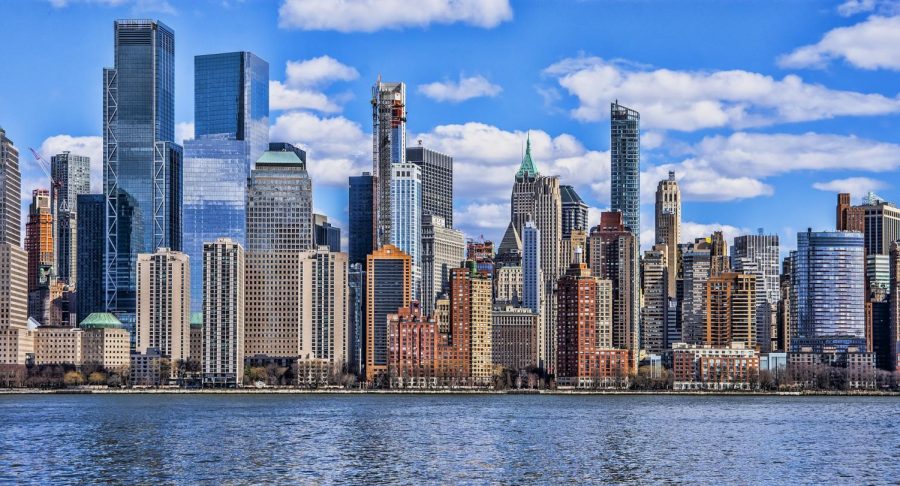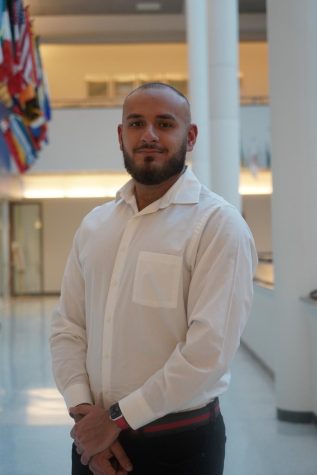Understanding their constituents is how Manhattan’s next borough president will be successful
March 18, 2021
Manhattan will be electing a new borough president this November, with current Borough President Gale Brewer having reached her term limit, rendering importance for its residents to know what the borough president’s responsibilities are, what makes a good borough president
and who is on the ballot.
Although the overlooked position is largely ceremonial, there are still some significant authorities that the borough president has that makes it worthwhile to know who’s running.
Like any politician, the borough president’s job is to represent their constituents’ desires, meaning Manhattan’s borough president should be representing the best interests of residents of Manhattan.
The borough president has the power to appoint one member on the New York City Planning Commission, which is responsible for determining land usage and other physical and socioeconomic planning activities in New York City.
The borough president also appoints two members to the New York City Panel for Educational Policy, which is the governing body of the New York City Department of Education.
Borough presidents appoint all members of community boards, which can determine the outcomes of initiatives such as building bike lanes.
Other than those appointments, the borough president is essentially a cheerleader for policies relating to the borough they govern. They typically comment on issues such as land use and the borough’s needs financially, and do so in forums such as the City Council, New York State government meetings and private business meetings.
Thus, in order for a borough president to be successful in their job, it is important for them to know what their constituents demand that the borough president has jurisdiction over and to appeal to the residents of their borough.
A quality borough president should understand what is lacking in education currently, know what their constituents want to do to improve education and appoint members who represent those interests.
That quality borough president should also understand the demands of the borough they are representing in terms of land usage, as the borough president has strong authority in the planning of such.
As a result, one who wishes to be Manhattan’s borough president should hold a very liberal position on the aforementioned matters, as Manhattan leans overwhelmingly Democrat, with 86.7% of its residents having voted Democrat in the 2020 Presidential Election.
Six candidates are running this year, all of whom are Democratic.
Lindsey Boylan is a former deputy secretary for economic development and special advisor to New York State Gov. Andrew Cuomo. Boylan is focused on housing and zoning issues, arguing that New York City Mayor Bill de Blasio’s proposals have been detrimental to low-income communities of color.
“The mayor’s approach to housing has not had the reach and thoughtfulness that is required to actually get more housing in the city,” Boylan said in an interview with PoliticsNY.
Elizabeth Caputo is the former chair of Manhattan’s community board and is focused on education, civic involvement for young people, land usage and post-pandemic recovery.
“What this job requires is leadership across the city, both in Manhattan and whoever becomes the mayor to think about a long-term plan for how the city is gonna move forward in the next ten or even twenty years,” Caputo said in an interview with PoliticsNY.
State Senator Brad Hoylman, who would be the first openly gay borough president, plans to advance a plan to make use of vacant space, create a task force on city services and quality of life and give budgeting powers to community boards.
“I really believe we need what I call a Manhattan Marshall Plan … this is such an important moment,” Hoylman said in an interview with City & State New York.
City Council Member Ben Kallos prides himself as being a student of Gale Brewer and engaging in progressive politics, focusing on rezoning, priding himself on being grassrootsfunded and touting his success in representing his district as a council member.
“I’ve been dedicated to big structural change that would change the incentives for elected officials and how they governed. And the biggest power that the borough president has by far is land use power,” Kallos said in an interview with the Gotham Gazette.
City Council Member Mark Levine is focused on tackling the homeless crisis and protecting mom and pop stores.
“I want to ensure we have balanced development policies in place so that we can protect our neighborhoods while continuing to build much-needed housing that the city does lack,” Levine said in an interview with City & State New York.
Lastly, President of Community Education Council 3 Kimberly Watkins has a focus on improving public education, including ending mayoral control of New York City public schools.
“My BP campaign is based on a belief that the vibrancy of our neighborhoods is directly related to the strength of public schools,” Watkins tweeted on March 11.
Knowing the powers and qualities of a strong borough president is useful for the residents of Manhattan in order to make an informed decision this upcoming June, when the Democratic primary is set to occur.








